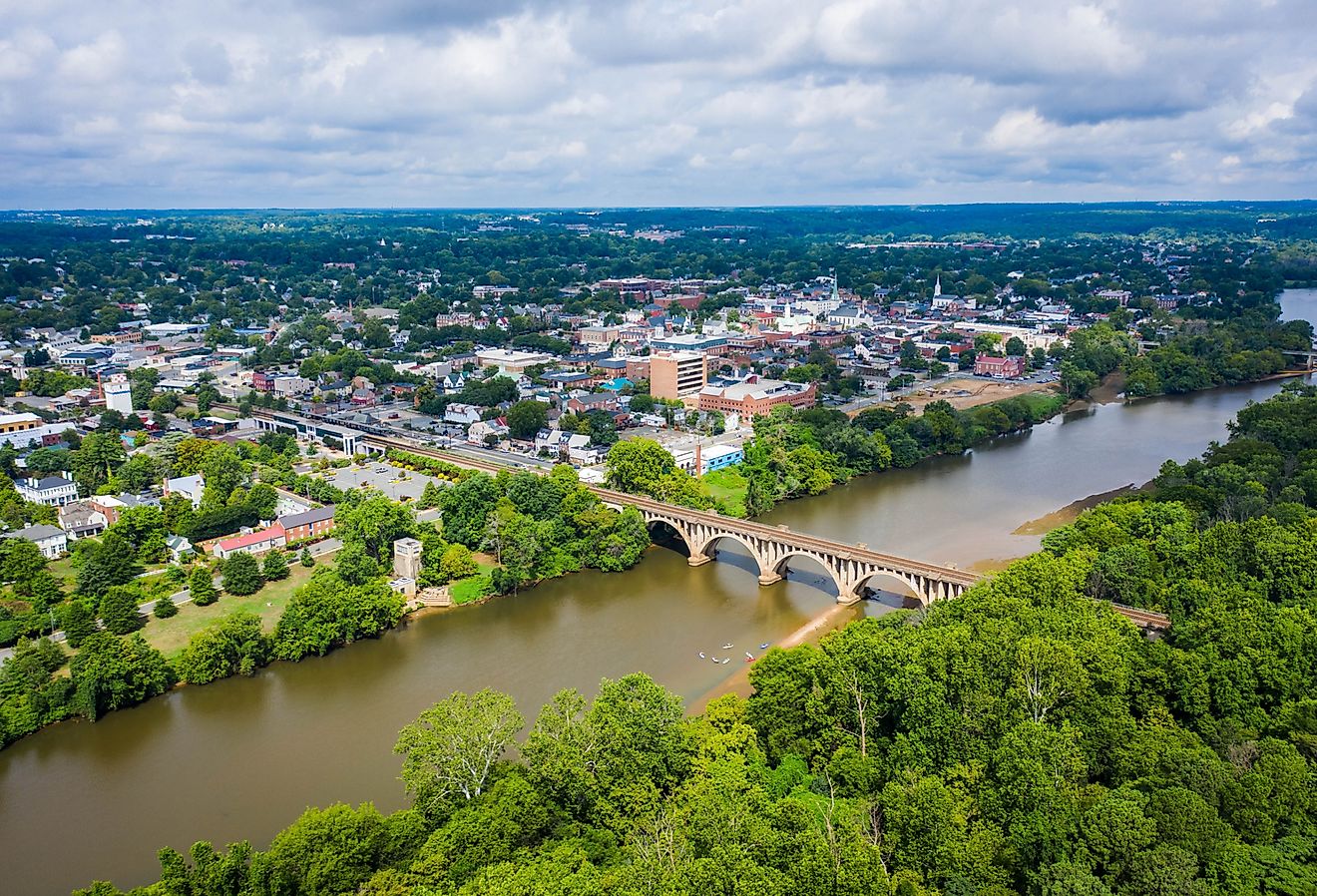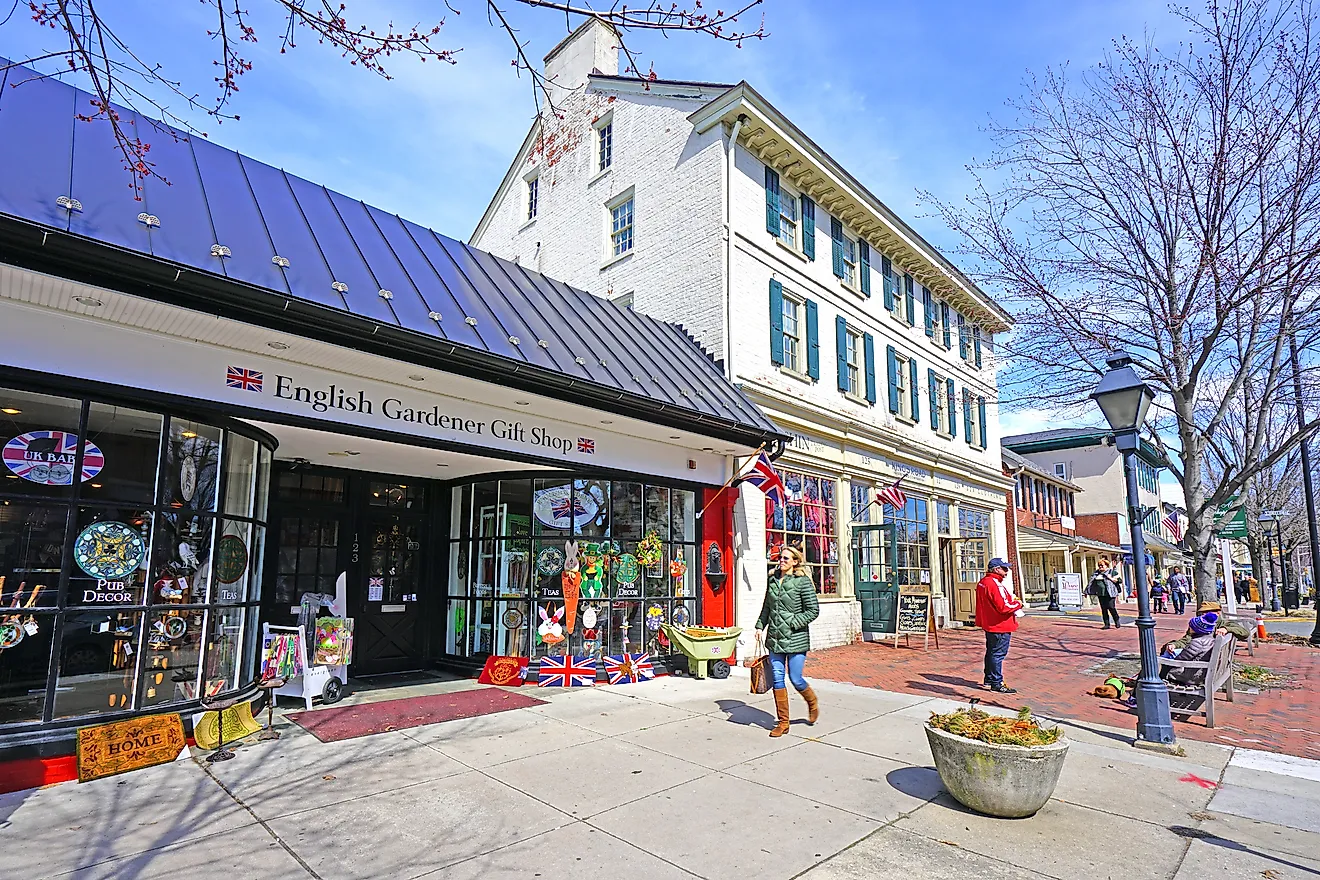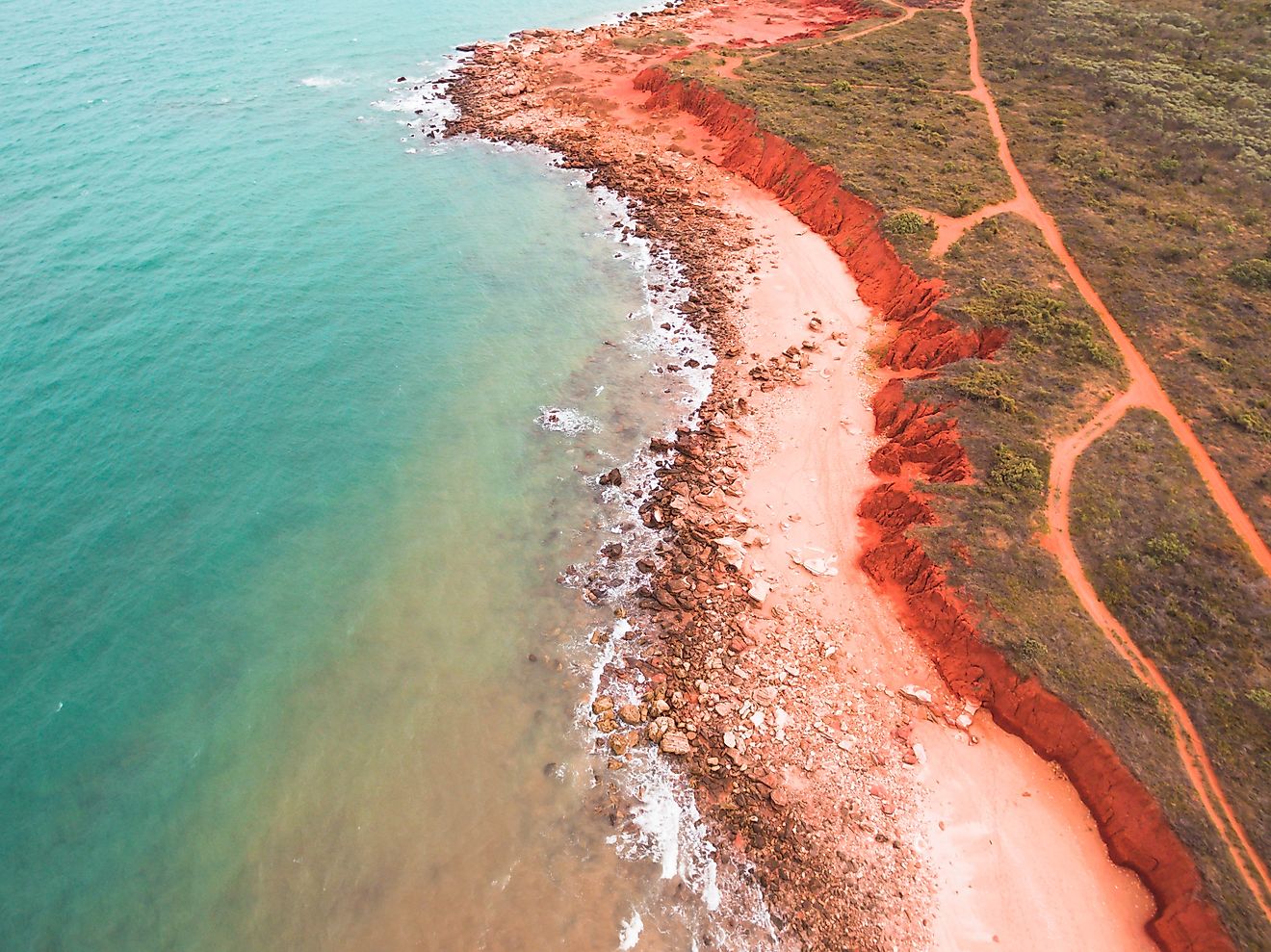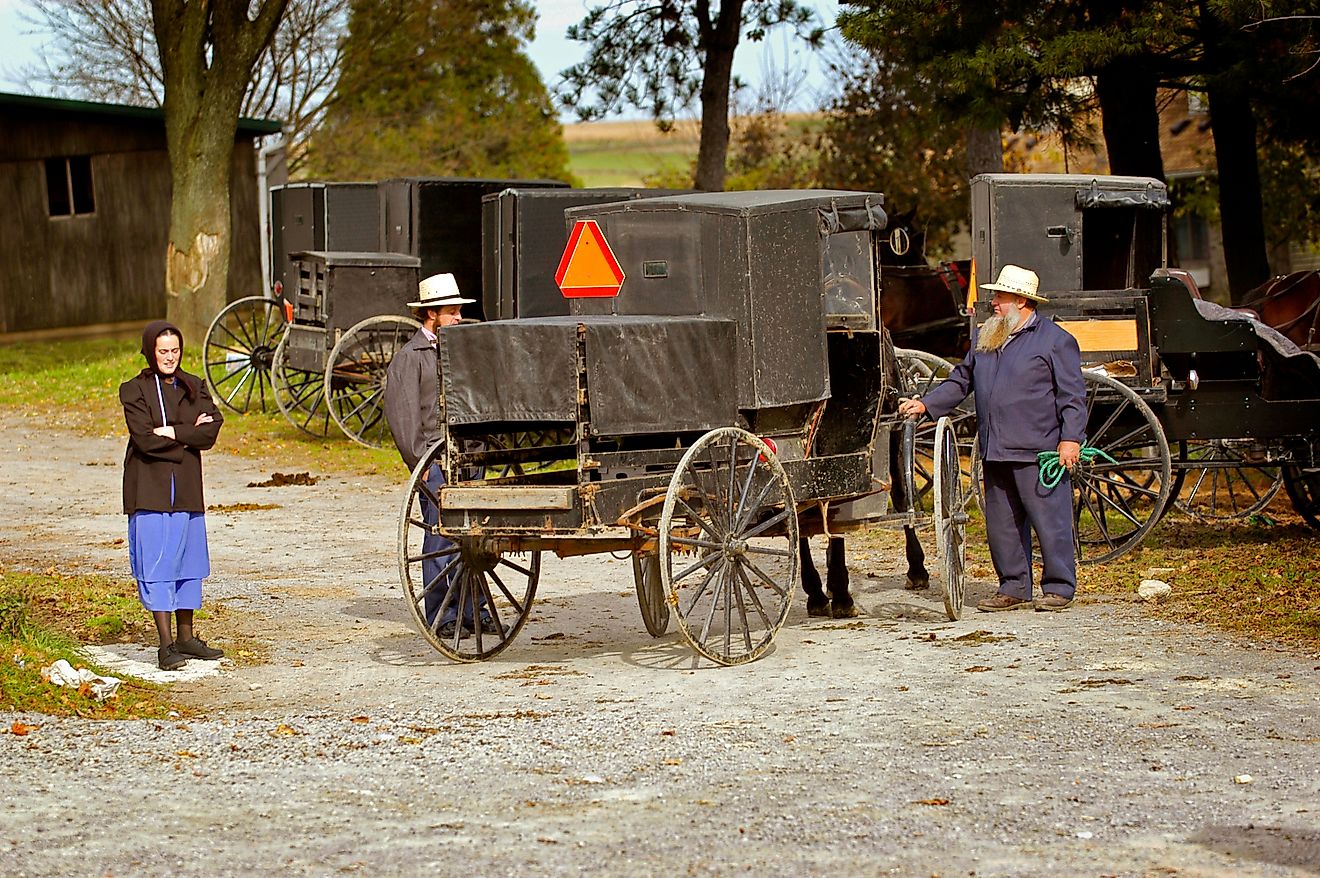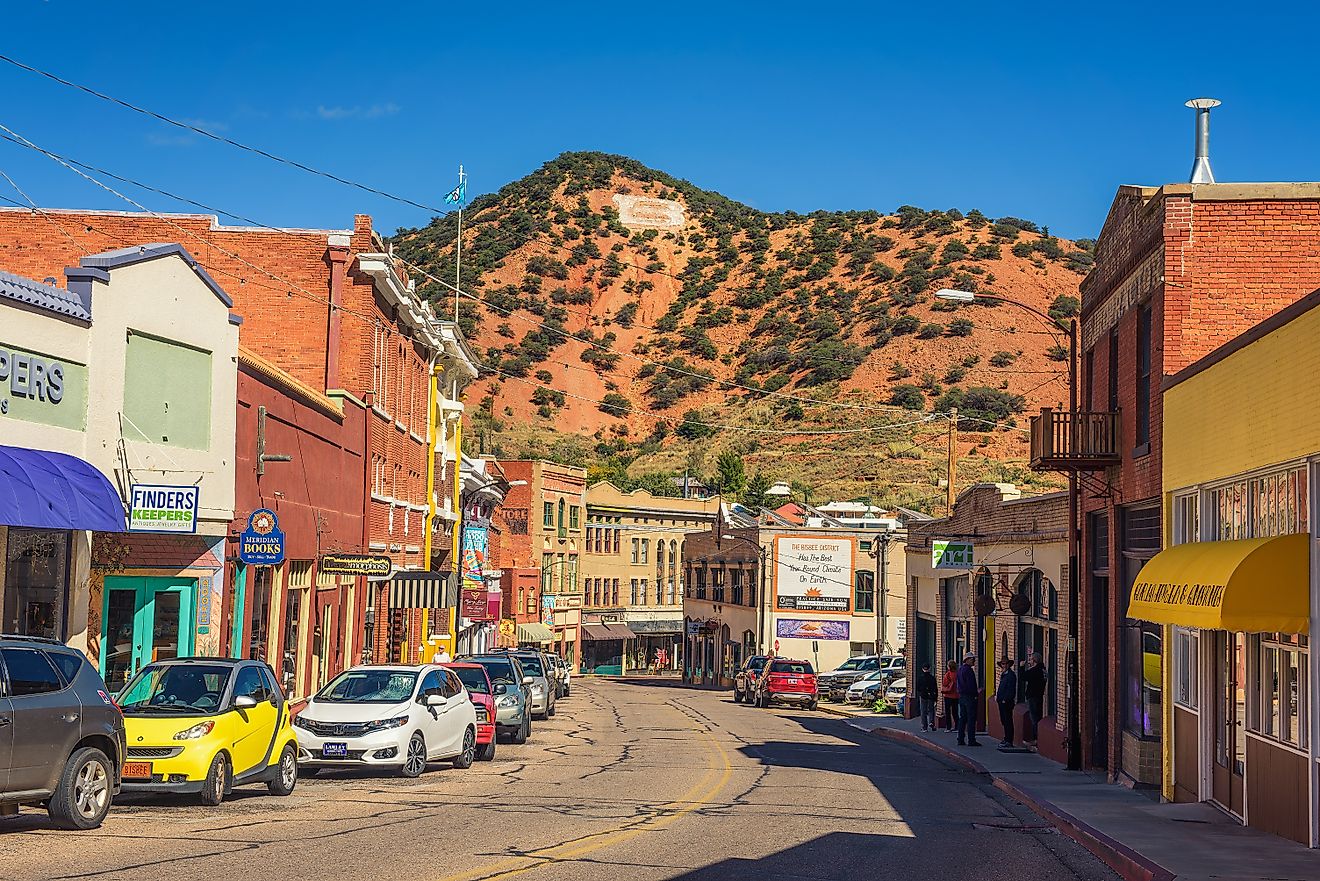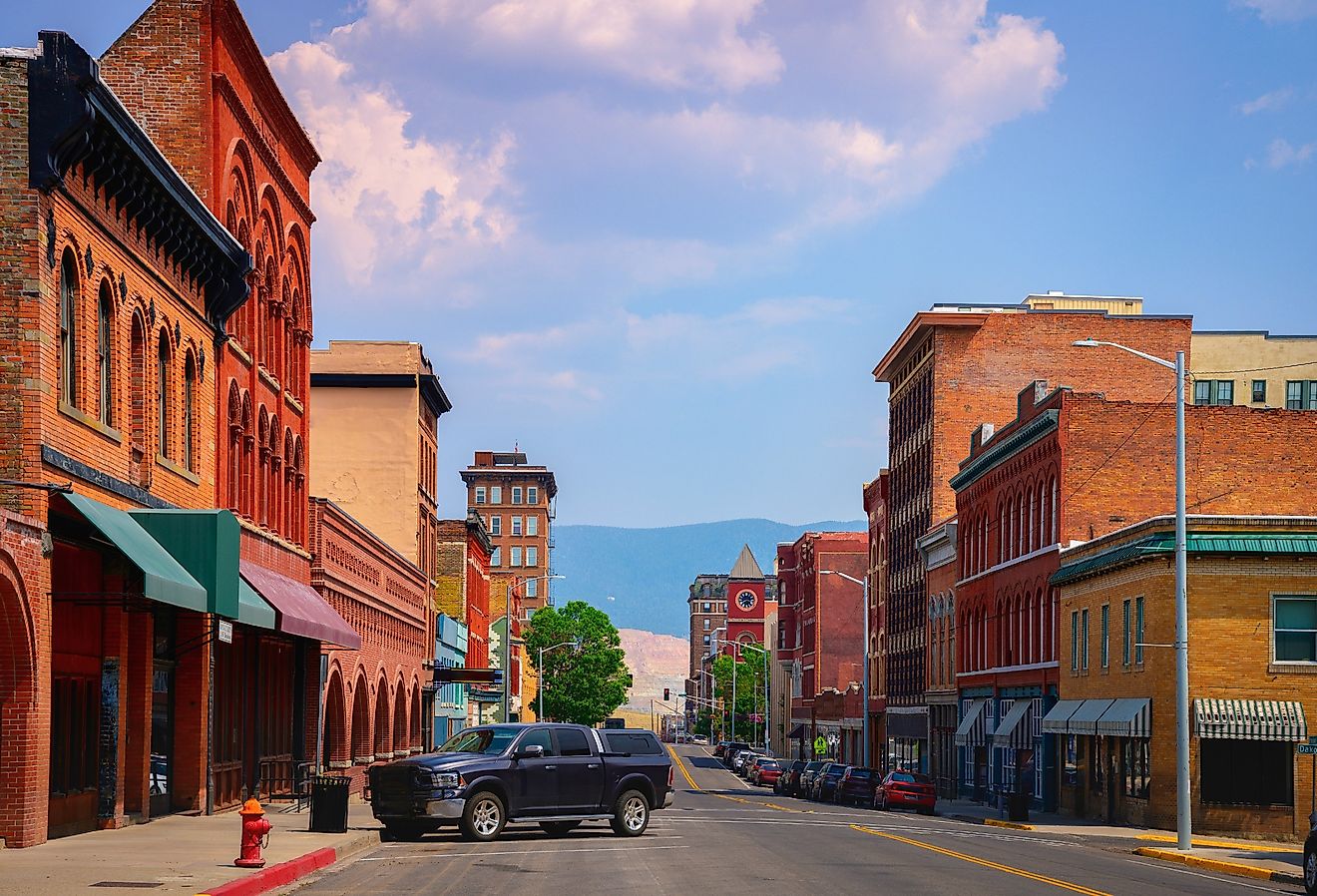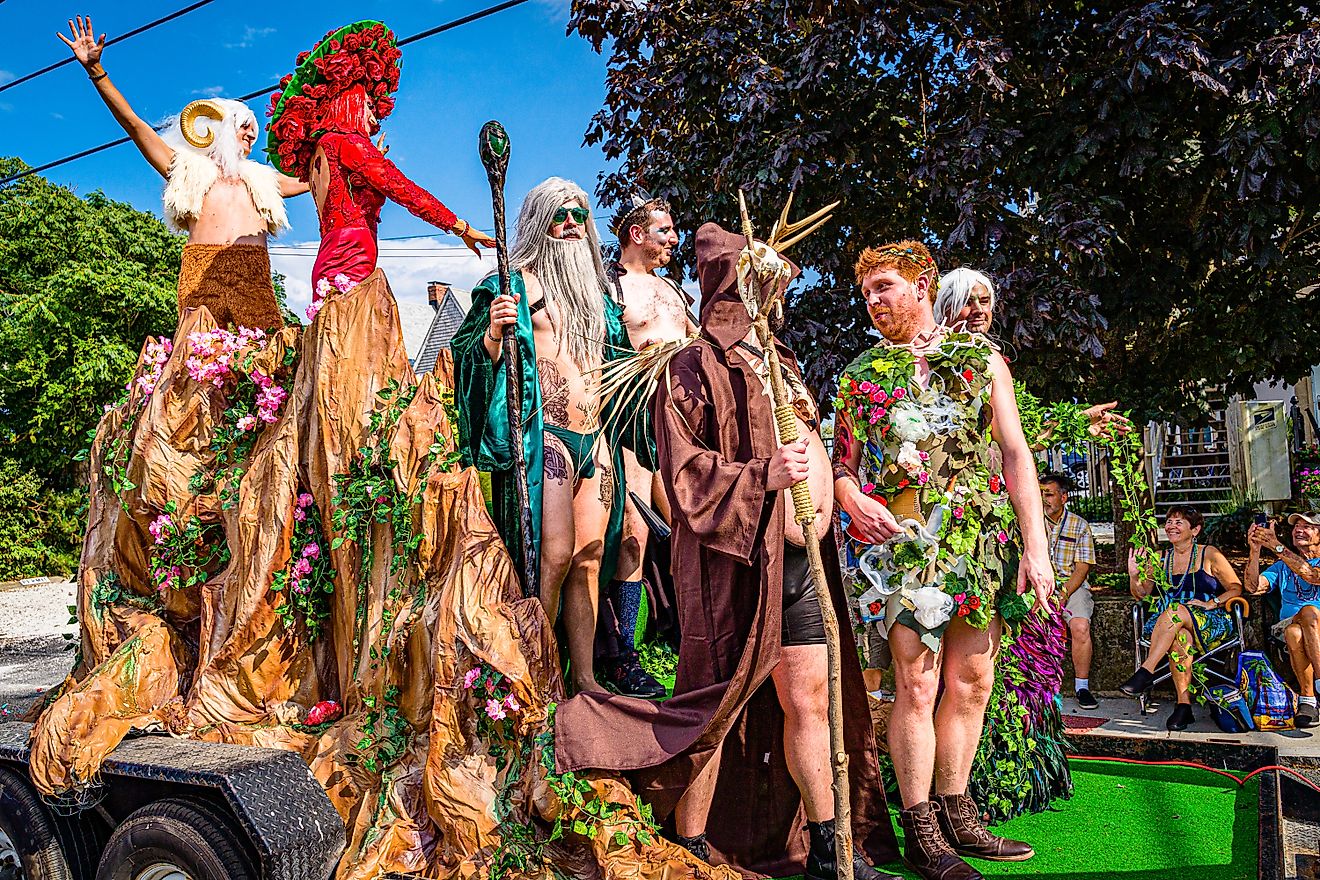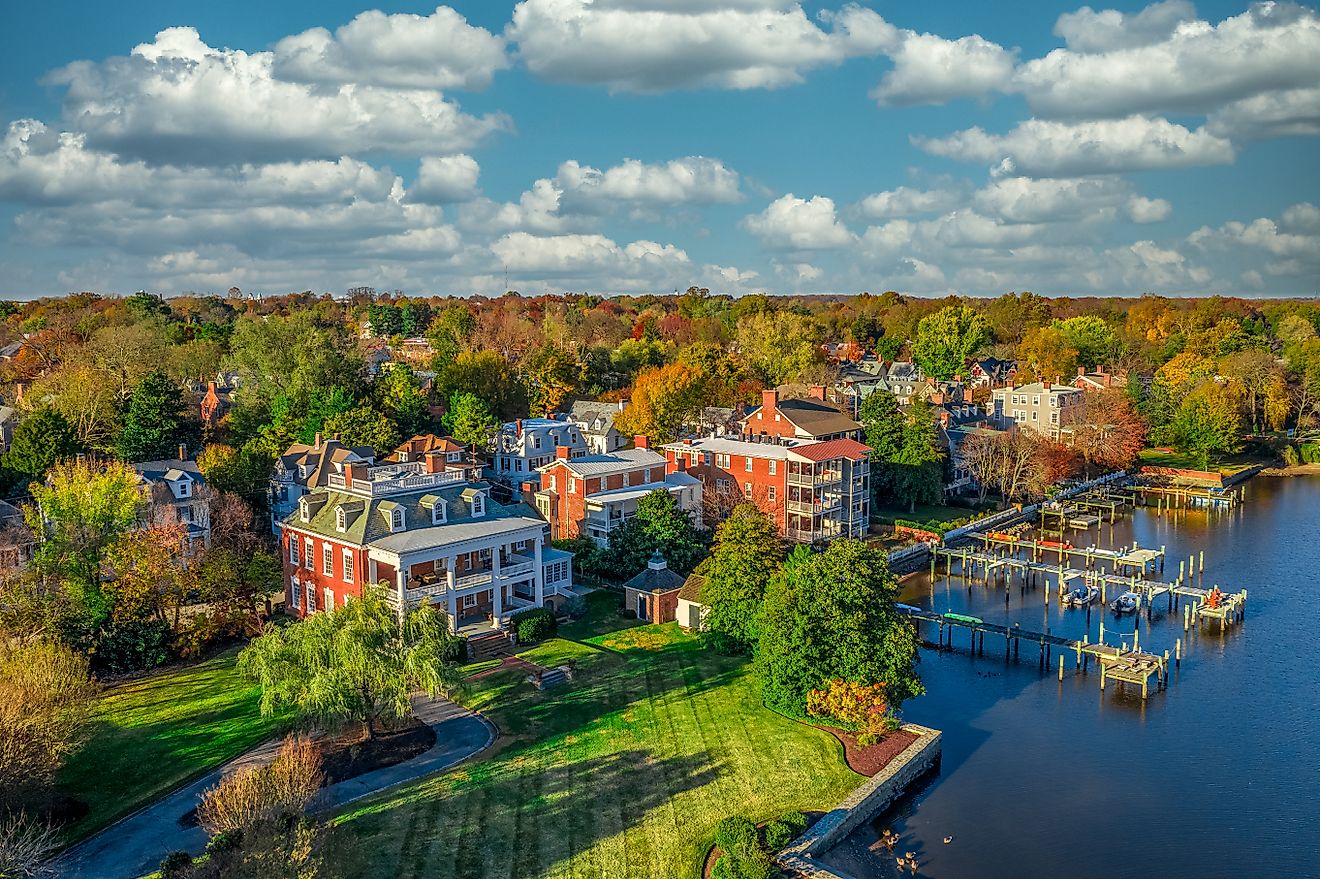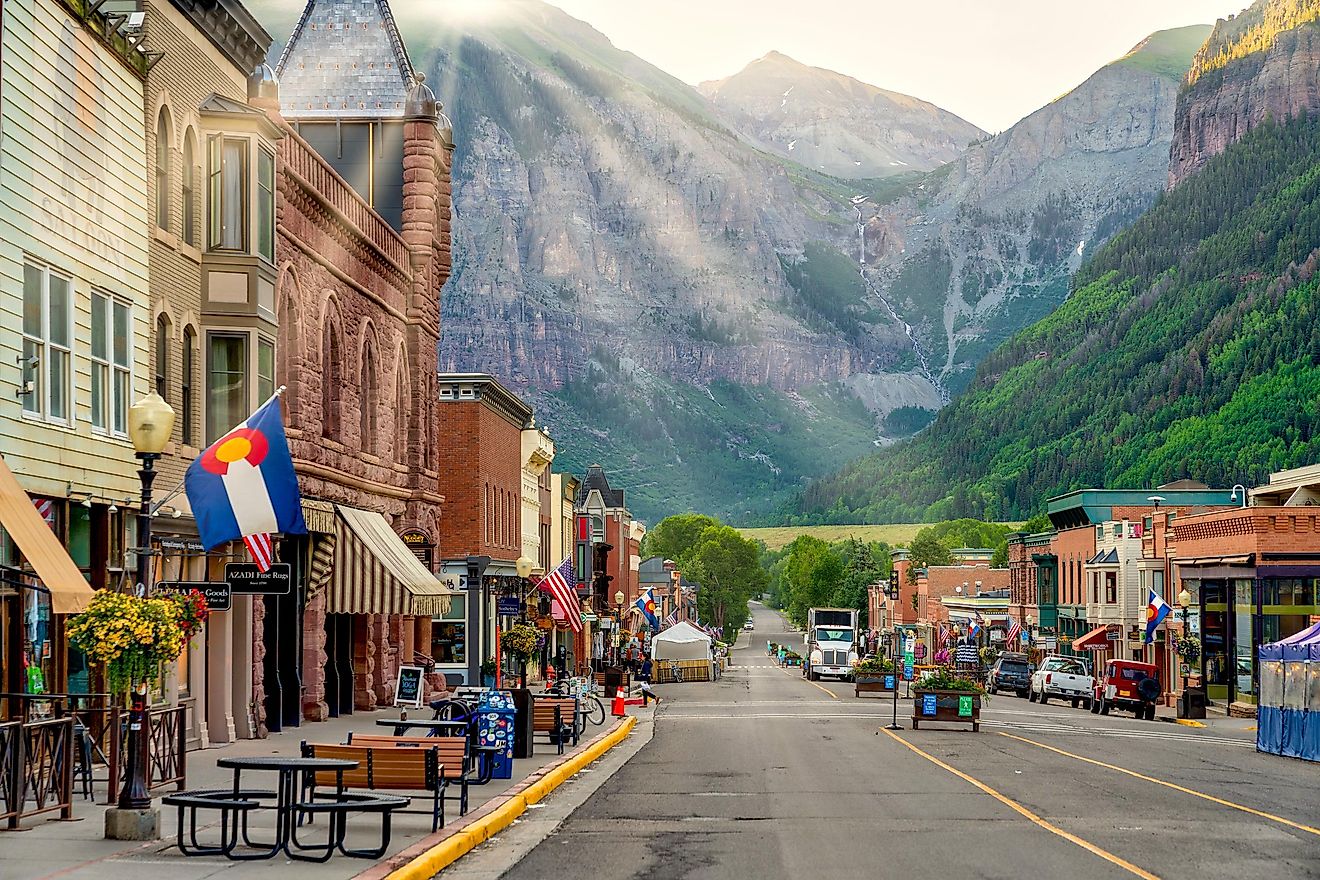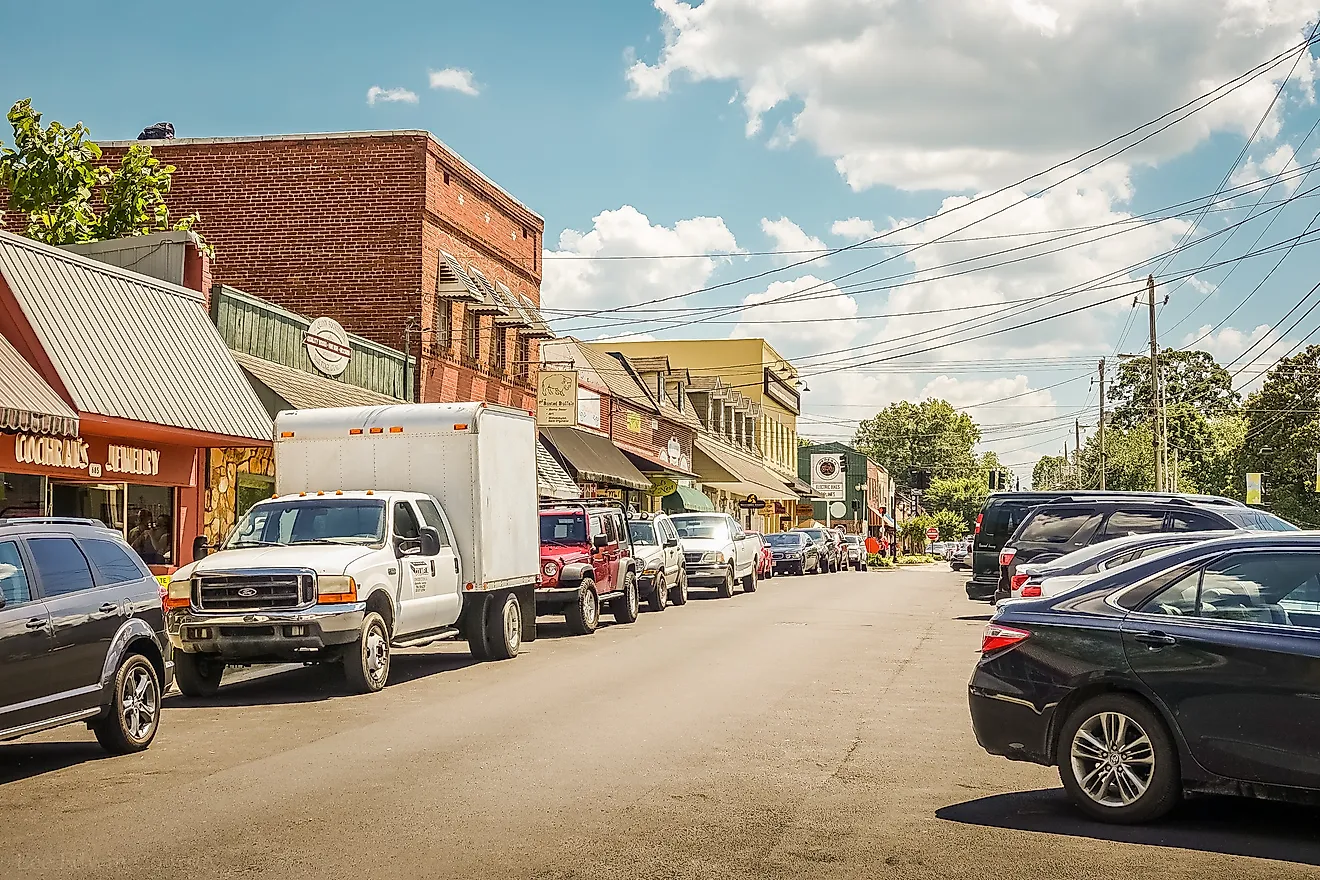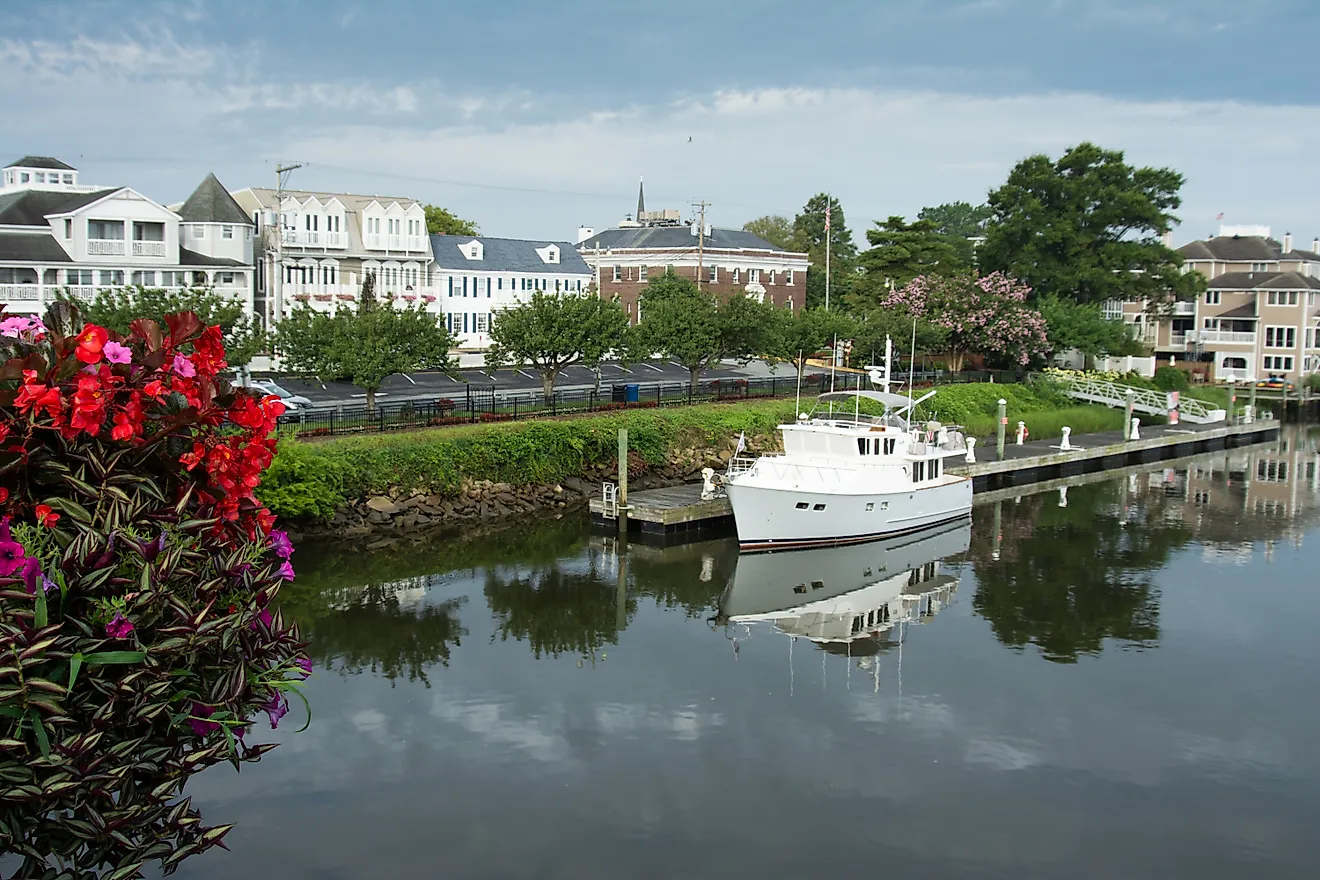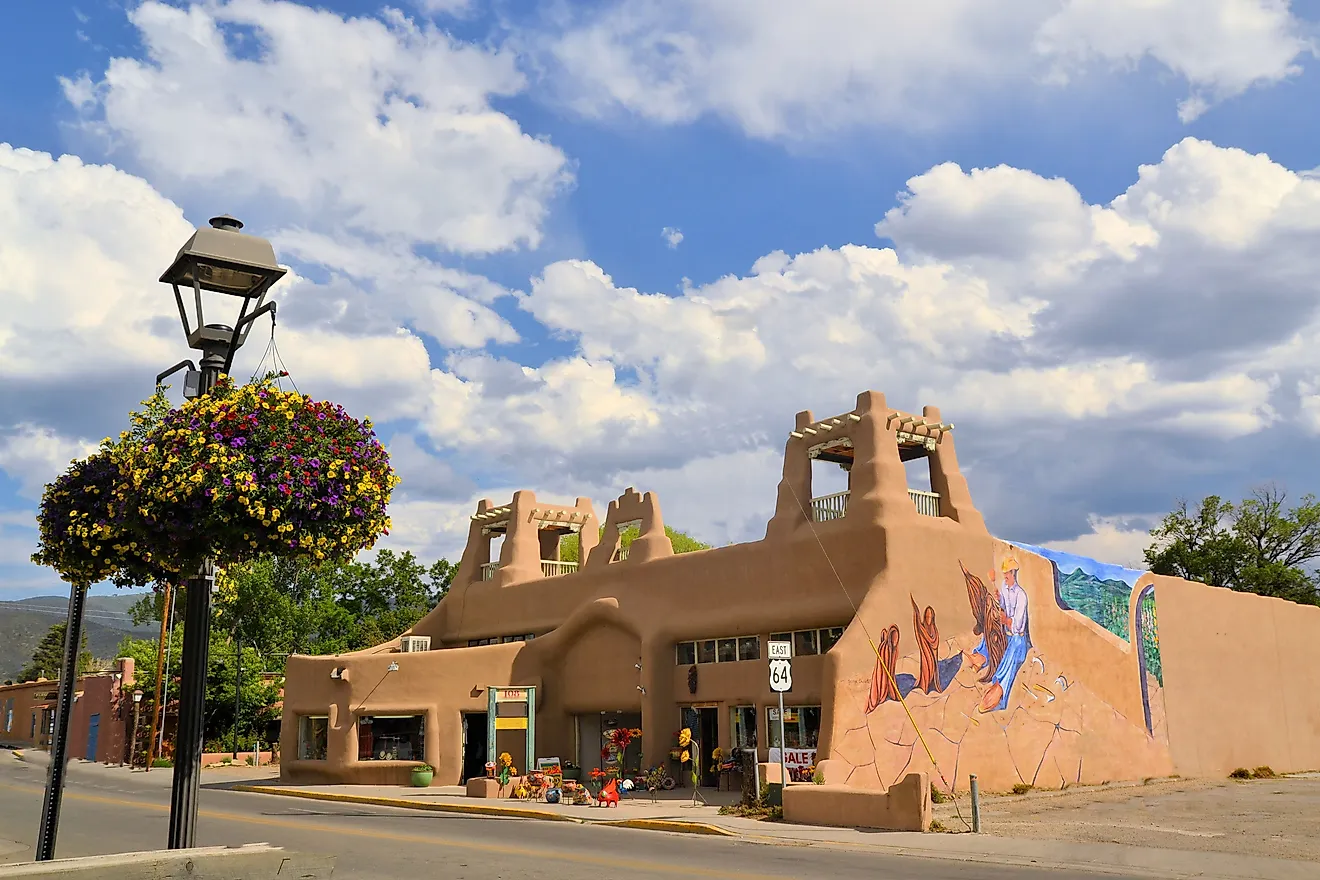
8 Tasmania Towns With A Slower Pace Of Life
Separated from the mainland by the Bass Strait, Australia’s island state of Tasmania is a treasure chest waiting to be opened. Outside of the island’s capital city, Hobart, which may be the most well-known to outsiders, Tasmania’s smaller towns offer a unique charm that cannot be found anywhere else in the world. Because the island is less than 70,000 km² and has numerous lakes and rivers, no one in Tasmania is ever far from the calming presence of water. In this state’s small towns, it is easy to get lost in the beauty of nature for hours at a time, and that is perfectly okay. Is stillness not exactly what we all need sometimes?
Stanley

Perched on Tasmania’s far north-west coast, Stanley is a seaside village of just under 600 people. Named after Lord Stanley, the British statesman, this small town is dominated by The Nut, a unique flat-topped volcanic plug that rises above the coastline and frames views for the whole area. Stanley has a strong fishing port culture, which means lots of beach time and fresh seafood. Locals take advantage of the walks around The Nut State Reserve, which can be reached by chairlift or hiking. At Godfrey’s Beach Penguin Viewing Platform, visitors can snap beautiful pictures and hope to spot a few penguins, too. Because of its remote yet accessible location and small-town population, Stanley is ideal for visitors or residents seeking serenity and natural scenery.
Strahan

Strahan lies on Tasmania’s remote west coast, a town with a population of roughly 700 people. Originally a port town tied to mining and timber, it now acts largely as a gateway to wilderness. The town is wrapped in rainforest, bordered by wild coastline, and moody weather that adds to its character. Macquarie Harbour and the Gordon River, located just south of Strahan in the Franklin-Gordon Wild Rivers National Reserve, are both part of the Tasmanian Wilderness World Heritage Area. In town, locals and visitors alike enjoy slow mornings in cafés, walks along the beaches, forest trails, boat cruises, fishing, and theatre. One highlight is The Ship That Never Was, a long-running local play produced by The Round Earth Company that dramatizes convict history in the region. With much of its economy dependent on tourism, heritage, and aquaculture, Strahan offers a deep contrast between rugged nature and quiet human rhythms.
Richmond
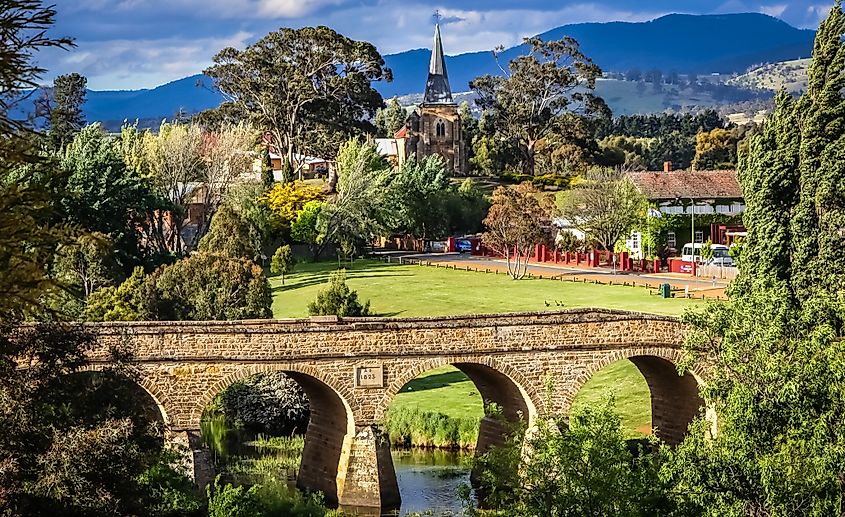
Just 27 km north-east of Hobart, Richmond contains stunning examples of colonial architecture. Along with the well-preserved Georgian and colonial sandstone buildings and cobblestone-style streets, there are also amazing landmarks like the Richmond Bridge, Australia's oldest bridge still in use, St John’s Catholic Church, and St Luke’s Anglican Church. Originally part of Van Diemen’s Land convict settlements, Richmond grew as a vital way station between Hobart and Port Arthur. Today, life for residents of Richmond includes strolling along the Coal River, browsing antique shops, and enjoying cafés. Richmond is popular among day-trippers from Hobart or anyone wanting a quiet pace within reach of a capital city.
Cygnet

Cygnet, a town located in the Huon Valley between the D’Entrecasteaux Channel and the Huon River, is full of fruit orchards, cider producers, and a thriving creative community. Several formal and informal arts groups organize shows each year, and the ARTBOX is a travelling exhibition space that is available to local artists. The Cygnet Folk Festival is a major annual event, drawing musicians, artists, and visitors in early January. A wonderful place to get information about the town's history and have a chat with friendly volunteers is the Cygnet Living History Museum. This community-run organization is welcoming to all. Many people who live in Cygnet are retirees, hobby farmers, or people seeking a creative, scenic lifestyle. Although not ultra-remote, life here is decidedly unhurried with quiet markets, walks, boat walks, views of the Catos Bay, artisan studios, and local produce filling residents’ days.
Huonville

Huonville is the largest town in the Huon Valley region, situated about 38 km south of Hobart. Agriculture is a strong part of this community, along with salmon raising and tourism, but overall, life in Huonville moves at a more deliberate pace than in urban centres. Many locals enjoy walks along the Huon River and the Skinners Creek Walking Track, leisurely lunches by the water, kayaking, and visits to local wineries, such as Kate Hill Wines. Huonville’s proximity to Hobart makes it a feasible option for those who want slower rural/semi-rural living without being completely cut off. Most residents shop at community markets, artisan vendors, and boutiques, rather than larger stores.
Bicheno

Located on the island’s east coast, the town of Bicheno is known for stunning views and numerous tourist attractions. While many visitors flock to this popular beach destination during peak tourist season from December to February, Bicheno returns to its slow-paced way of life throughout the rest of the year. Visitors and residents alike enjoy coastal walks, snorkeling in the Tasman Sea, wildlife tours, and access to scenic natural areas like Whaler’s Lookout Scenic Reserve and Peggy’s Point. Because many businesses revolve around tourism, the pace in the off-season is especially gentle. Social life tends to revolve around spending time outdoors. A day lounging and swimming at Redbill Beach or taking a relaxing glass-bottom boat ride are fun, relaxing ways to socialize and recharge in Bicheno.
Oatlands

Oatlands is a village in Tasmania’s Midlands, famous for wide, orderly streets, colonial sandstone buildings, and historic heritage. Local agriculture, small commercial services, and a unique history all lend to a slow, quiet pace of life here. Because Oatlands is roughly halfway between Hobart and Launceston, it serves as a rest and meeting point, but still maintains a peaceful rural atmosphere. Visitors often come to Oatlands to see the windmills and exhibits at the History Room, a museum run by friendly volunteers, to spend a leisurely afternoon on the green at Oatlands Golf Club, or to stroll along the waterfront of Lake Dulverton. For those wanting slow living grounded in history and community, Oatlands is a strong contender.
Wynyard

Wynyard is a modest town on Tasmania’s north-west coast. With beautiful beaches, fresh seafood, rich farmland, local shops, and fewer crowds than hubs like Devonport or Hobart, visitors often come to this rural town in search of slower daily rhythms. People often enjoy days visiting the coastline, fishing, and relaxing by the sea. The sea vistas, such as Fossil Bluff, overlook Freestone Cove, an excellent place to spend hours watching the gentle waves. Golf lovers will appreciate hitting a round at Wynyard Golf Club, where the greens are surrounded on three sides by the glistening waters of the Bass Strait and the Inglis River. Gutteridge Gardens is another peaceful spot to enjoy river views without any hurry. Additionally, the climate in Wynyard is mild year-round, so it is an ideal spot any time you need to get away.
Sometimes the world can feel too loud and fast; thus, quiet refuges and slow, leisurely activities are necessary resets. Each of these small Tasmanian towns offers its own version of stillness and invites both visitors and residents to savor simplicity. Choosing to linger over an extended lunch or take a long walk along a waterfront helps you reconnect with what matters most. Life does not need to be rushed to be meaningful, especially in small-town Tasmania, so pack your bags and get ready to slow down.
